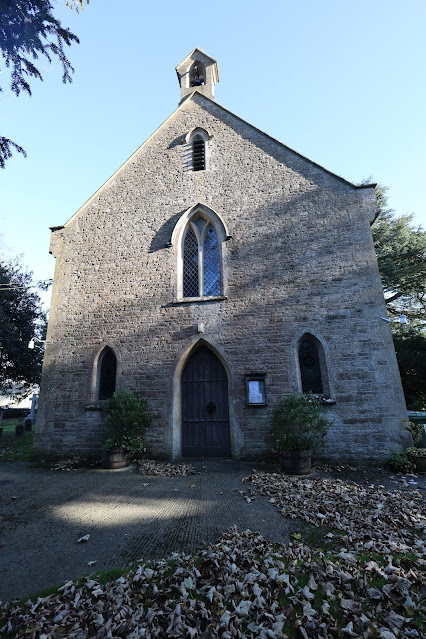I thought I might update my blog and how I go about finding the churches I visit as I notice that I have posted 591 blogs since I started back in 2012, mind you a fare number of them are cemeteries and blogs on Church groups
You may have noticed that I have been concentrating on visiting Churches in the book Oxfordshires best Churches from which I have managed to visit most, I have now got 11 left to visit in the north of Oxfordshire. I have not included the Oxford churches which I will do once I have gone to the others, there are only a few in Oxford anyway and easy to get to by train. This year I hope to revisit a few of the previous churches in the blog as I feel I can get better photos now. I also have noticed that there are things I have missed in some of the churches like the ceiling in the lady chapel at St Helens Abingdon.
If you wondered what I meant by finding the churches on the OS Maps well that is the Ordnance Survey maps for the UK, I have them on my laptop so look at them when planning a visit. Yes I use Google as well as I keep a map with a record of the churches visited on it.
The book you see by Richard Wheeler is what I use for reference and reading about the churches I am visiting I would say it is the best place to start if you are thinking of visiting some churches in Oxfordshire Simon Jenkins who quoted at the bottom has also written a book called England's Thousand Best Churches
The book goes into the best churches to visit in all of England's Counties. He is a journalist who writes in one of the tabloids. If you visited all the churches it would take around three years visiting one a day. I dare say he had researchers doing all this plus the photos came from the Country Life archive. I'm not saying he did not visit any I just have my doubts all of them. There is no reason Richard could not have visited the ones in Oxfordshire which is where I think he lives. I am slowly working my way through the book .
There are a couple or other reference books I use
Rices Church Primer, an excellent book with plenty of drawings of of parts of the church so when you visit you know what you are looking for, this and the previous book were the first books I got from my wife one Christmas.
Last is Churches of Oxfordshire,
This is a paperback which I think was done with the help of Oxfordshire Historic Trust I have had a look though it but I feel it is let down by some very dark photos but that aside a good book to use if you are going to visit some of the churches as it will go in your bag. What I will say is that reading the book is one thing and looking at the photos in them but they do not show you what the church is like, in my blog I try to show you what the church is like and hopefully the items of interest to see.
The churches I have visited are all with in a 30 mile radius of Oxford, I live about half an hour south so you can see why it takes me over an hour to get to the ones I am visiting now.
I hope that has given you a bit of an insight as to how I go about visiting the churches you read about










































































